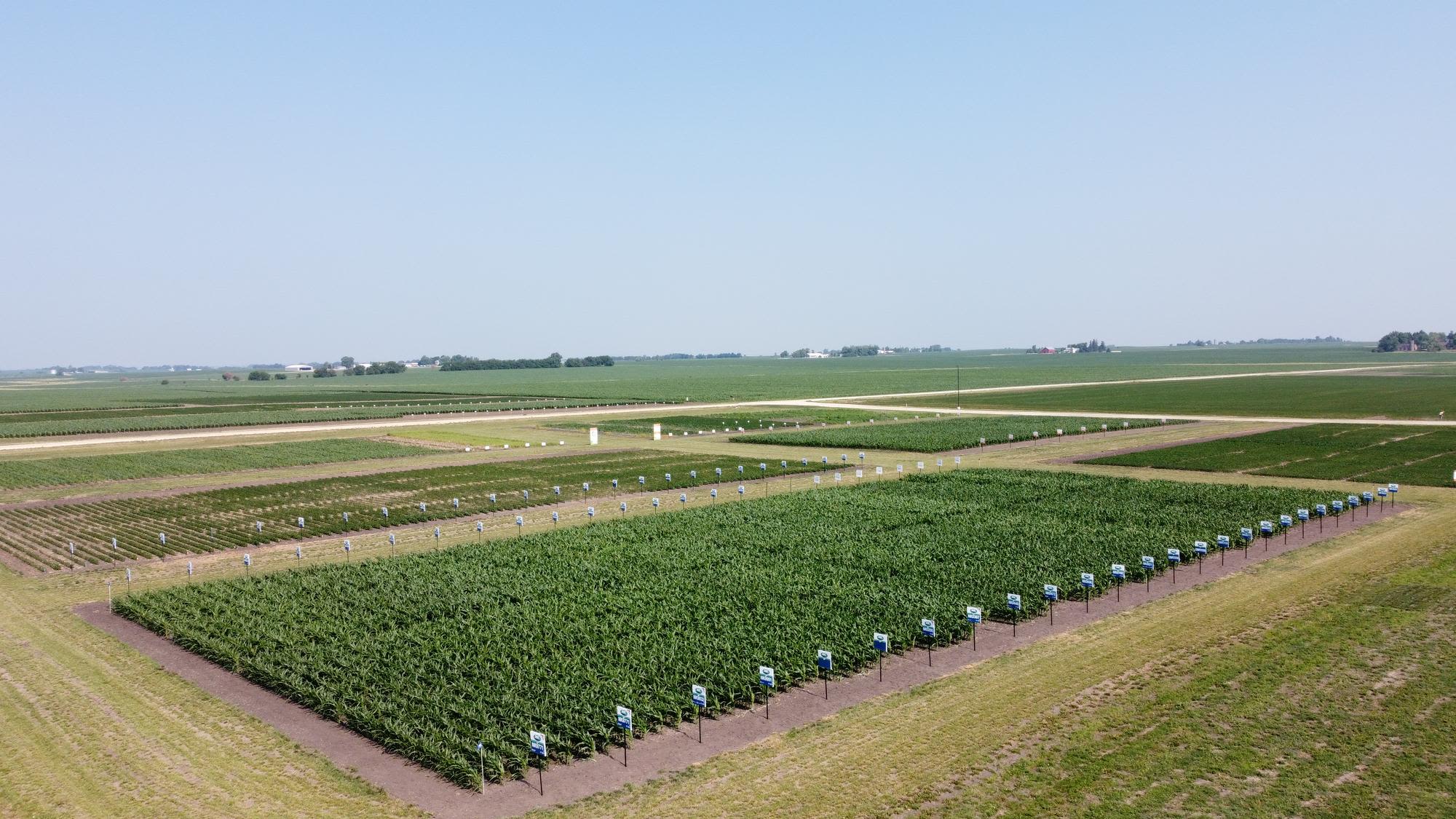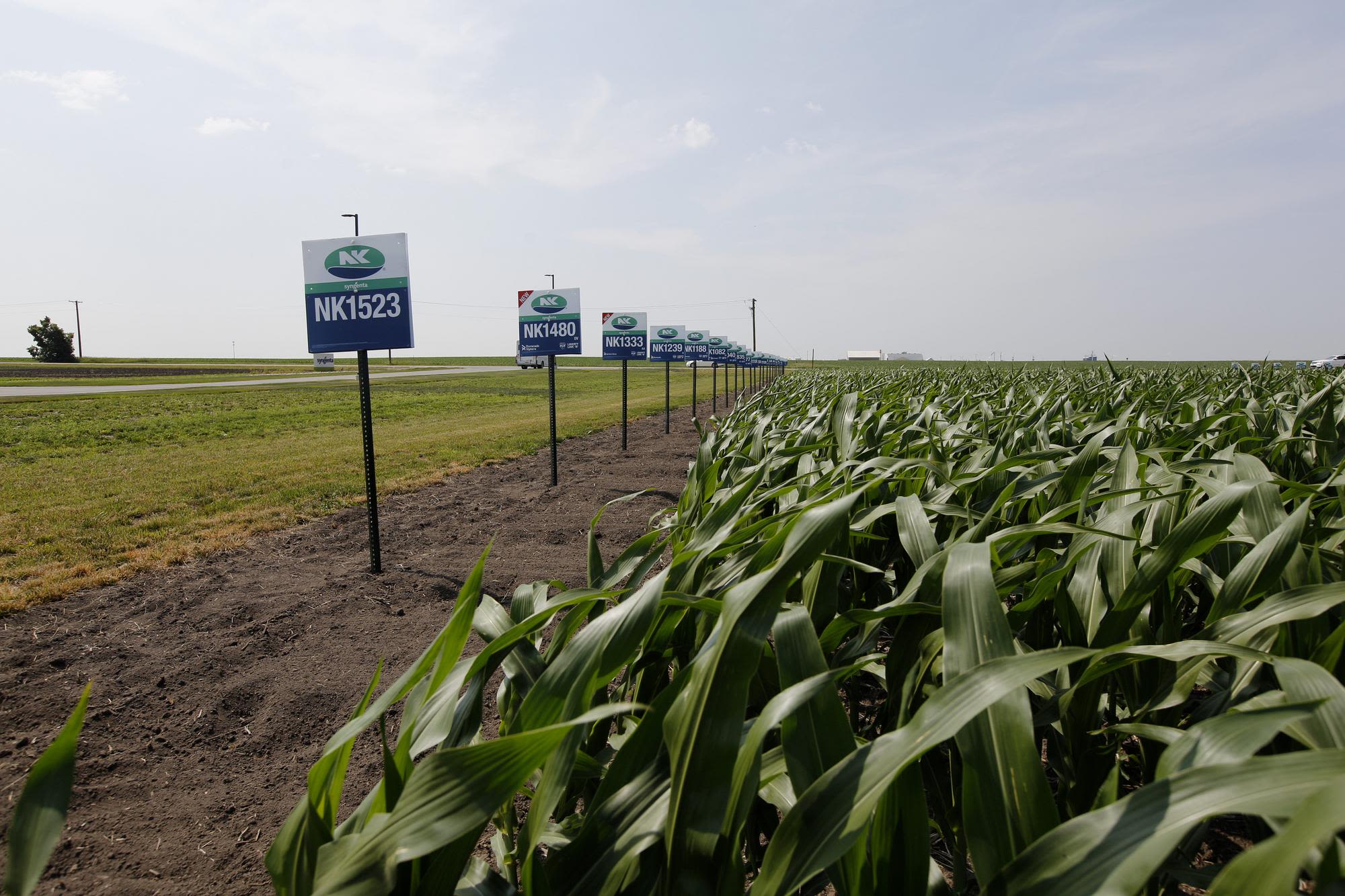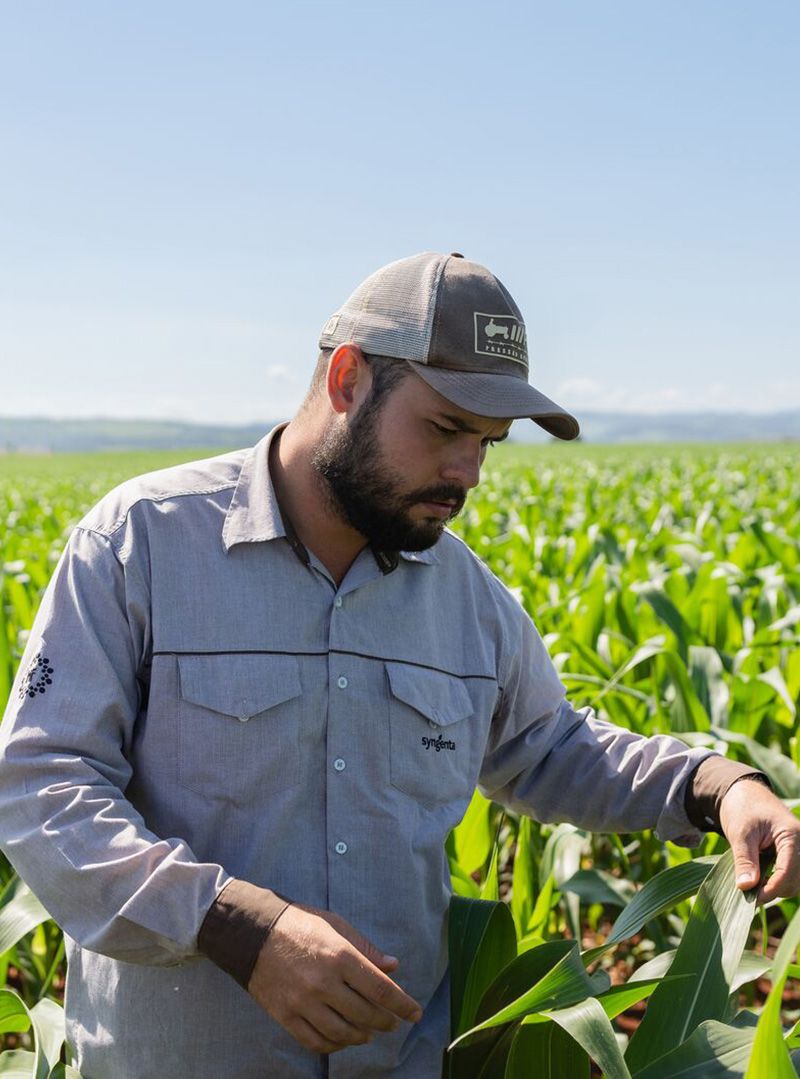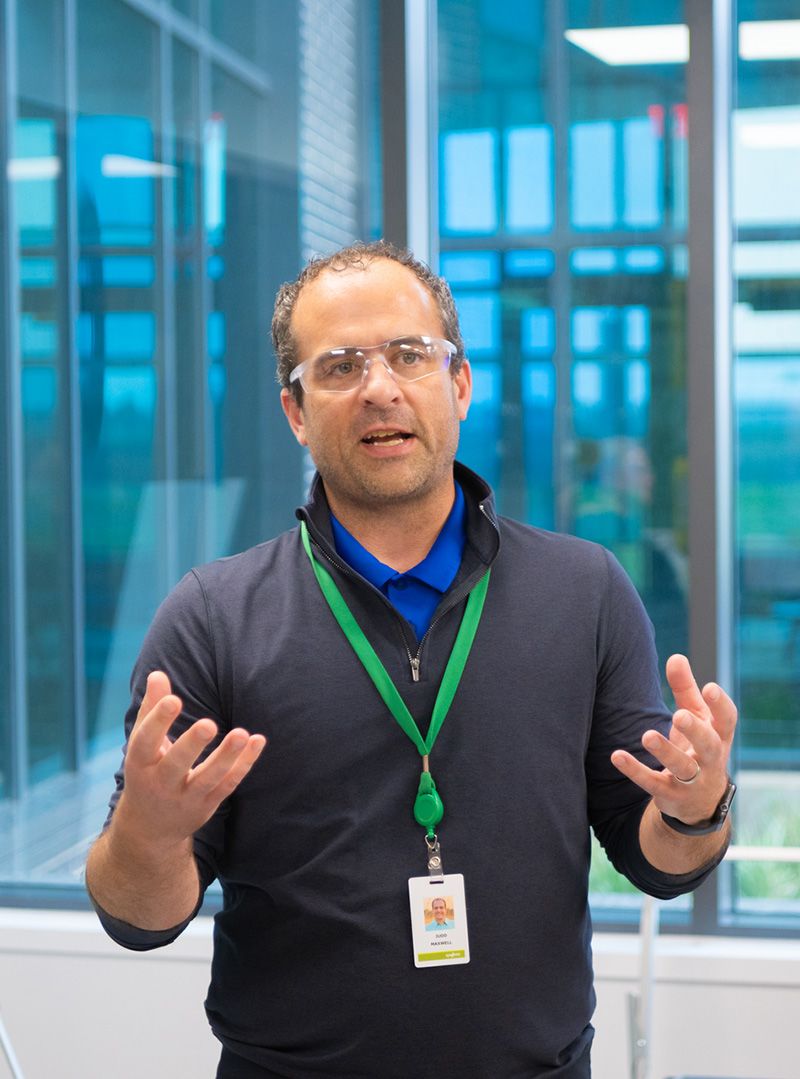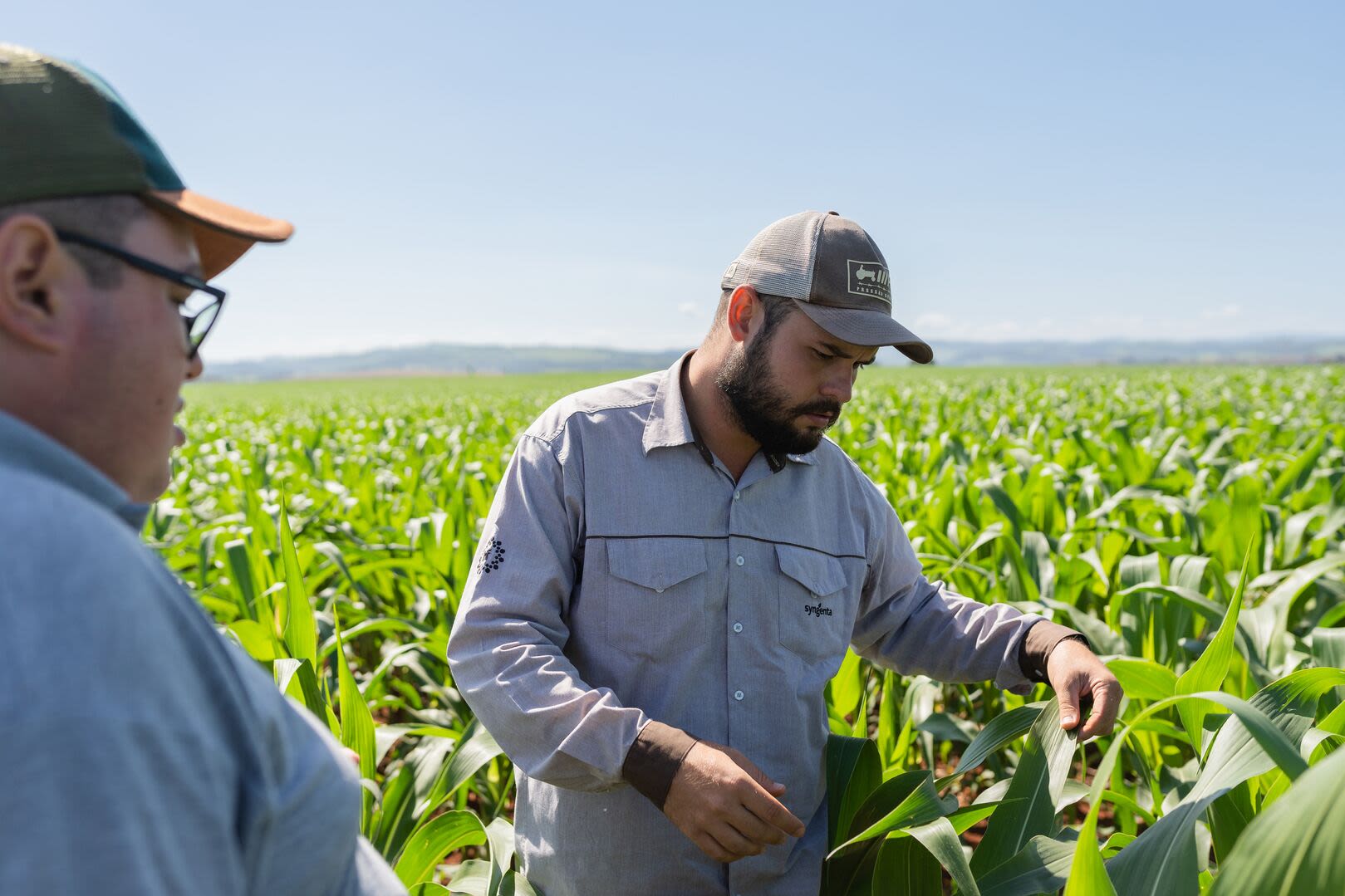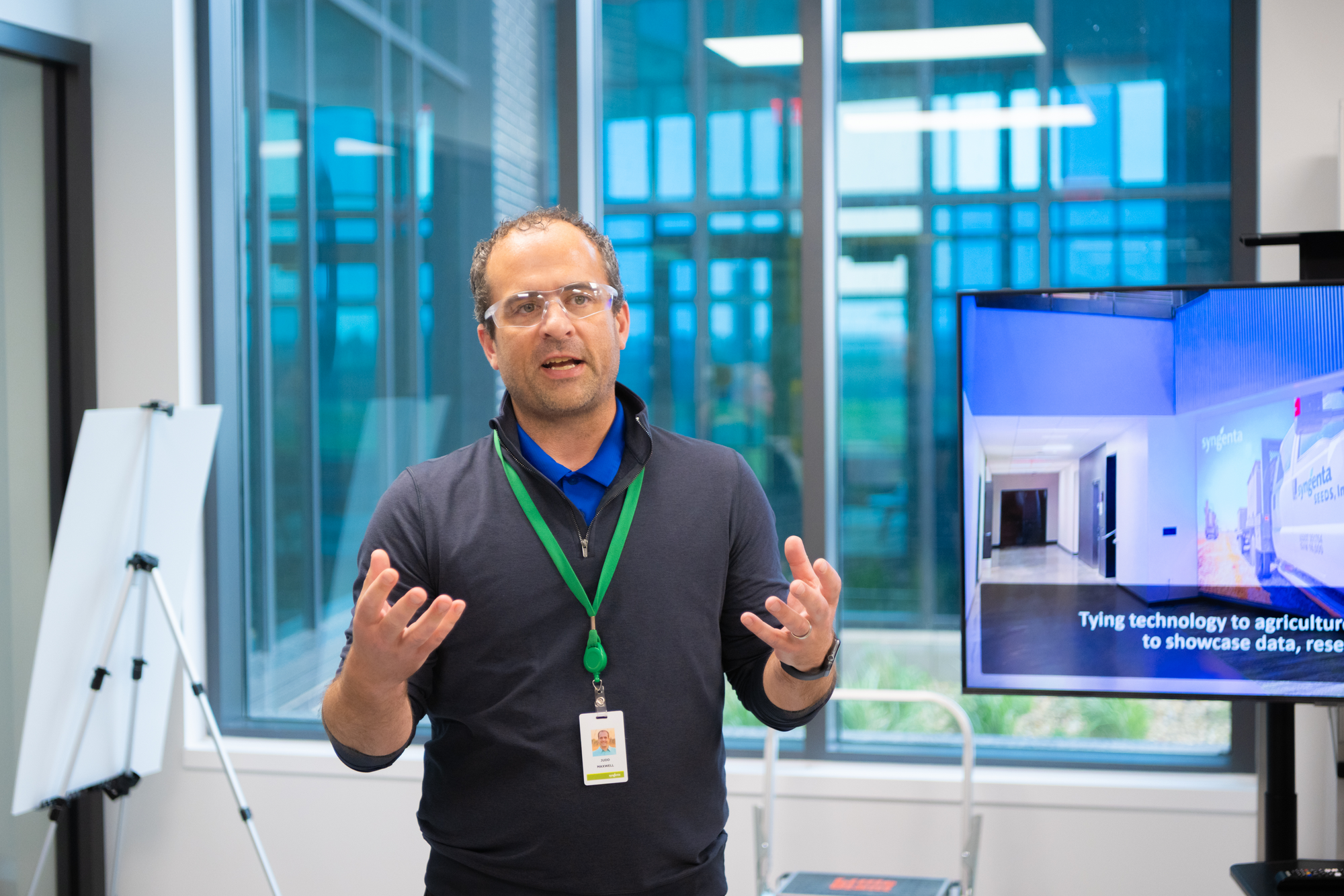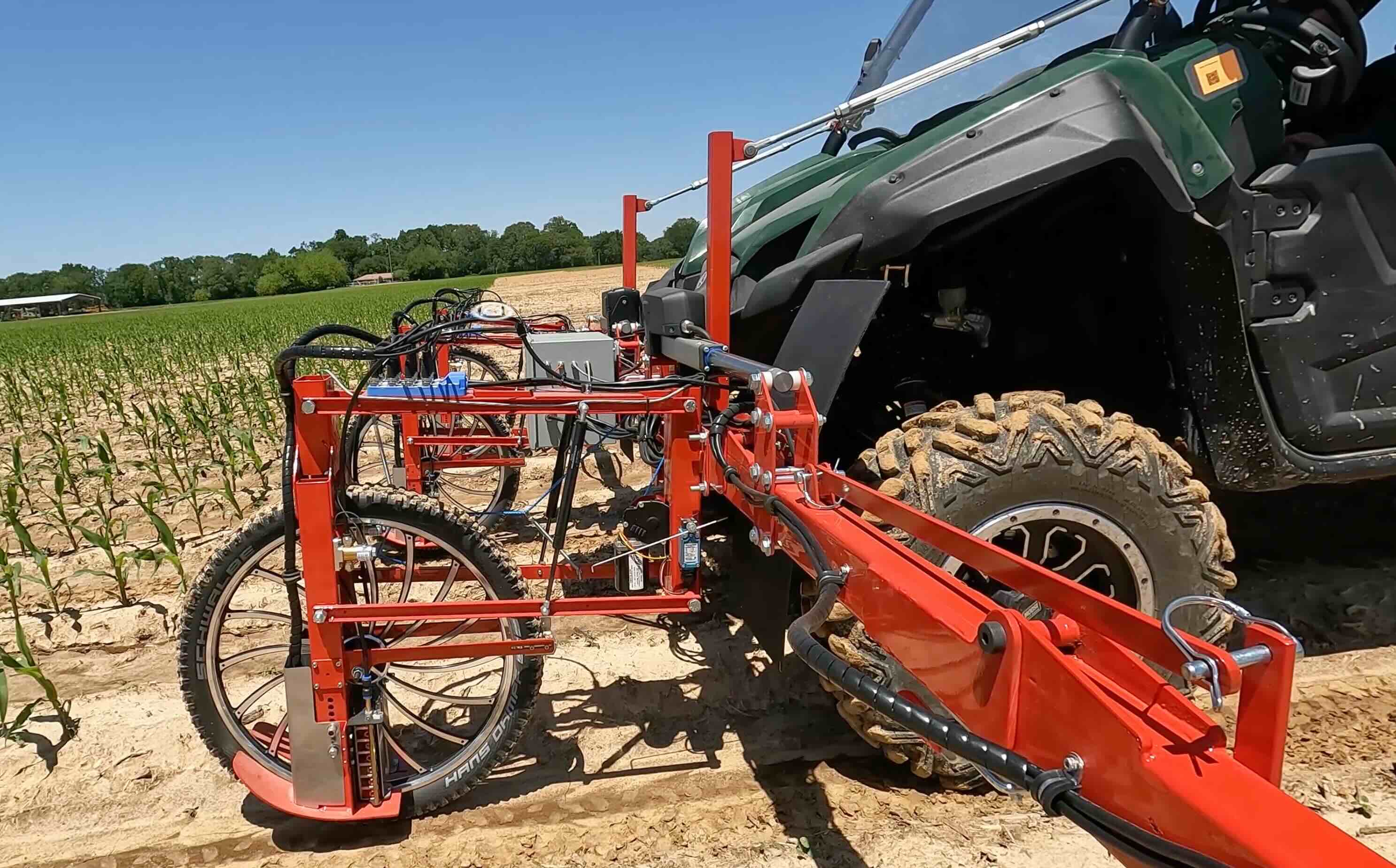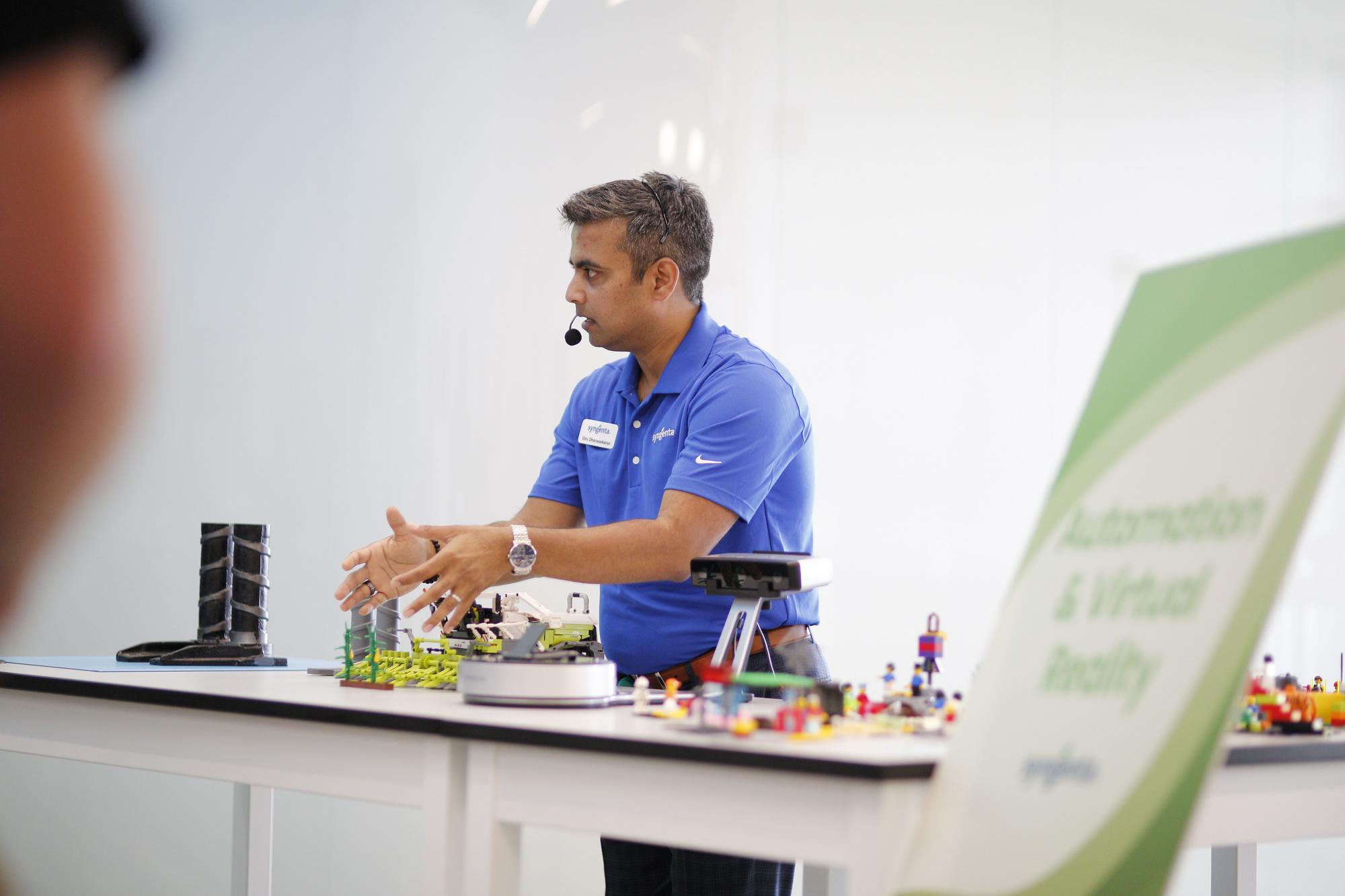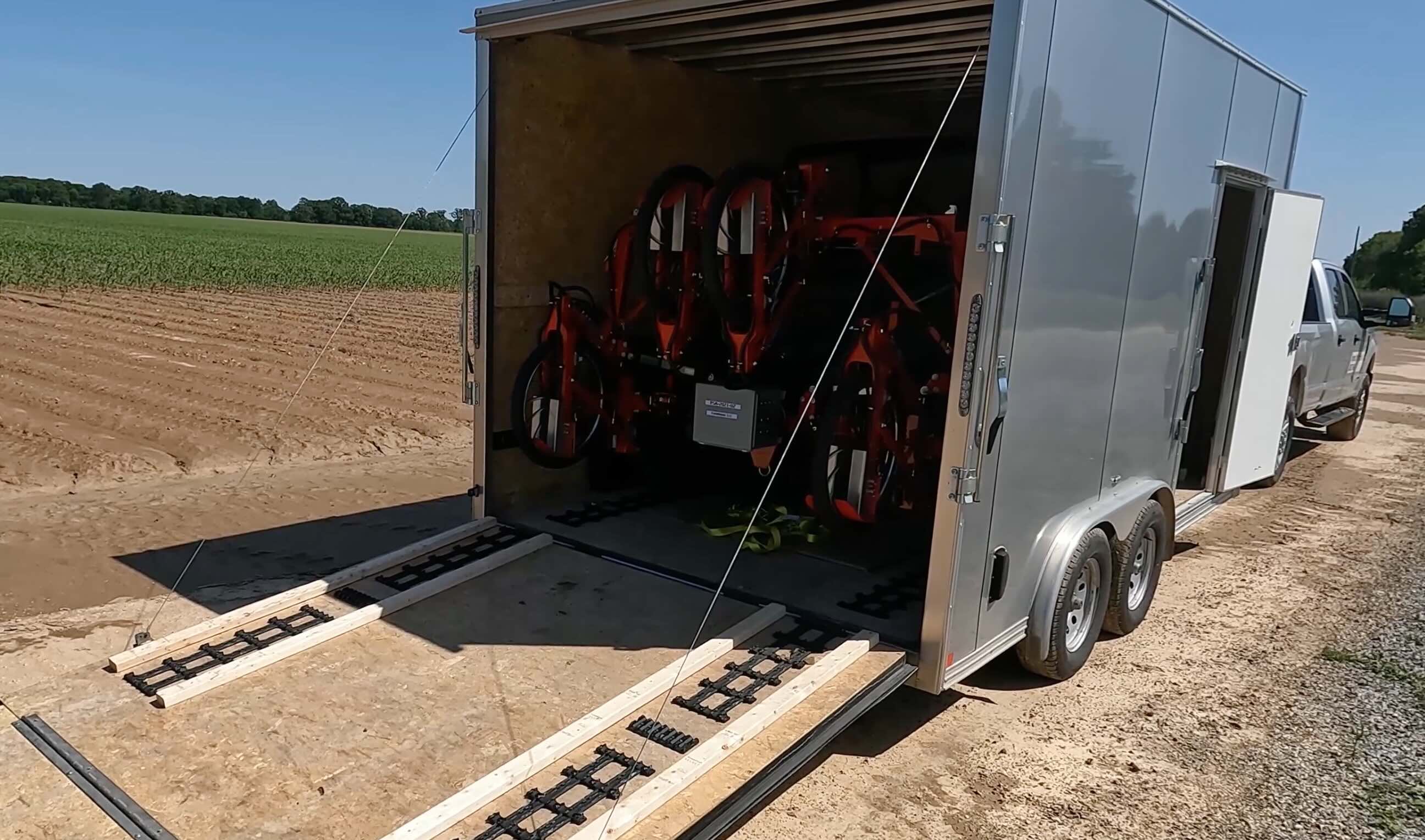Taking a stand
The innovative solution revolutionizing how we check and count 110 million plants every year
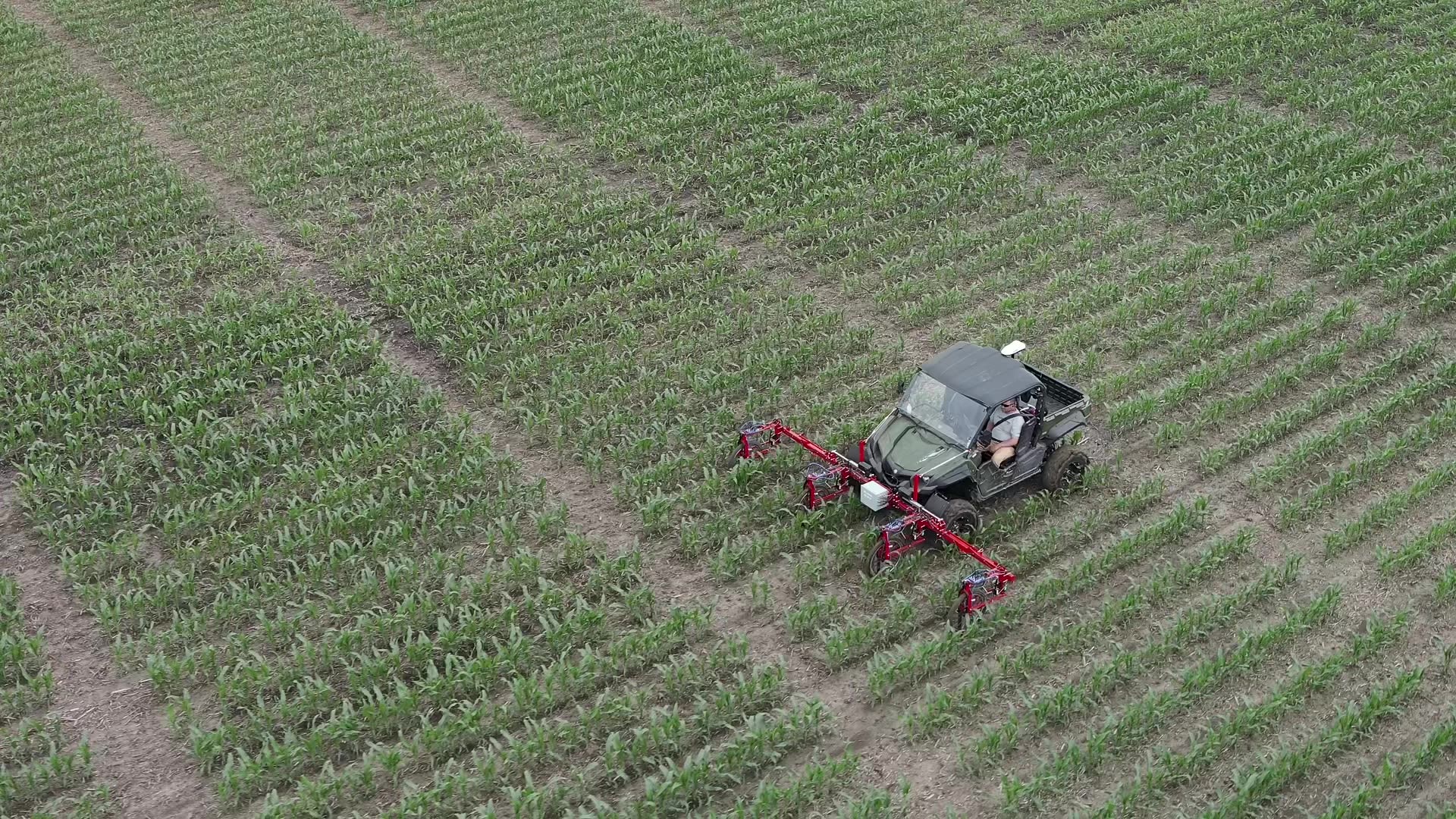
Taking a stand
Revolutionizing how we count 110 million plants every year

How do you count 110 million corn plants every season? This mammoth logistical problem is something that Syngenta faces each year.
Not surprisingly, developing new traits into corn can be a lengthy and expensive process. It also requires extensive outdoor trials. In North America alone, Syngenta has around 300 locations with more than one million corn research plots. Each plot is roughly the size of a pick-up truck and contains a unique batch of seeds.
Corn trials at Syngenta Seeds R&D Innovation Center, Malta, Illinois.
Corn trials at Syngenta Seeds R&D Innovation Center, Malta, Illinois.
Naturally, the more information gathered, the better. But, to gather the most relevant data, it’s necessary to test at scale. In total, more than 100 million seeds must be planted, and, after germination, every plant is counted.
In plant trialing, this is referred to as stand counting. Put simply, this is an agricultural term for the successful germination of a single seed and the resulting plant.
Germination and emergence can be impacted by a range of factors. These include disease, the weather, and seed genetics. Even other seeds in nearby plots can have an impact.
That’s not all. Hungry birds, a tractor driven over the wrong field, or even the occasional wandering cow can all cause a low stand count. If the low stand is due solely to these non-genetic factors, it is important not to penalize a potential new hybrid during the critical advancement decision period.
A good stand count is important when it comes to advancing seeds through further testing.
A good stand count is important when it comes to advancing seeds through further testing.
So, if a trial plot ends up with a good stand count, with uniform successfully germinating seeds and healthy plants, the data can be trusted when it comes to advancing those seeds through further testing.
However, a poor stand count due to genetic factors means a plot probably won’t advance. Standability is strongly linked to overall performance of the genetics as well as yield – a vital measure of performance for farmers.
Scaling up stand counting
In North America, Syngenta has 15 research stations managing more than 20 remote locations across the Mid-West. Just getting to more remote plots can be a struggle with many of them needing a five-hour round trip.
Up to as recently as 2022, a walk-by assessment was the standard way of doing stand count for many plots. This is exactly what it sounds like – a person would walk by a plot, take a quick look, note whether it looked healthy and record that information in a notebook.
As Judd Maxwell, Syngenta’s North America Market Segment Lead, explains, the problem with doing this is not only the time-consuming nature of the job, but the quality of the information you generate. "Humans can detect big differences but might struggle to observe small differences. Having an accurate stand count will allow Syngenta scientists to be far more precise in their evaluations of hybrids and varieties.”
This method of walk by stand counting is both inefficient and expensive, with Maxwell estimating the yearly cost to be over half a million dollars.
Though drones and other technology promise a great deal in terms of efficiency and accuracy, Giru Dhanasekaran, Head of Engineering and Automation at Syngenta, and his team recognized that a solution was needed in the short term. It was this problem that led to the innovative development of a new machine called the plant stand analyzer (PSA).
A time consuming, walk-by assessment was the standard way of stand counting for many plots.
A time consuming, walk-by assessment was the standard way of stand counting for many plots.
Judd Maxwell, North America Market Segment Lead, Syngenta.
Judd Maxwell, North America Market Segment Lead, Syngenta.
Scaling up stand counting
In North America, Syngenta has 15 research stations managing more than 20 remote locations across the Mid-West. Just getting to more remote plots can be a struggle with many of them needing a five-hour round trip.
Up to as recently as 2022, a walk-by assessment was the standard way of doing stand count for many plots. This is exactly what it sounds like – a person would walk by a plot, take a quick look, note whether it looked healthy and record that information in a notebook.
As Judd Maxwell, Syngenta’s North America Market Segment Lead, explains, the problem with doing this is not only the time-consuming nature of the job, but the quality of the information you generate. "Humans can detect big differences but might struggle to observe small differences. Having an accurate stand count will allow Syngenta scientists to be far more precise in their evaluations of hybrids and varieties.”
This method of walk by stand counting is both inefficient and expensive, with Maxwell estimating the yearly cost to be over half a million dollars.
Though drones and other technology promise a great deal in terms of efficiency and accuracy, Giru Dhanasekaran, Head of Engineering and Automation at Syngenta, and his team recognized that a solution was needed in the short term. It was this problem that led to the innovative development of a new machine called the plant stand analyzer (PSA).
A time consuming, walk-by assessment was the standard way of stand counting for many plots.
A time consuming, walk-by assessment was the standard way of stand counting for many plots.
Judd Maxwell, North America Market Segment Lead, Syngenta.
Judd Maxwell, North America Market Segment Lead, Syngenta.
Innovation in the field
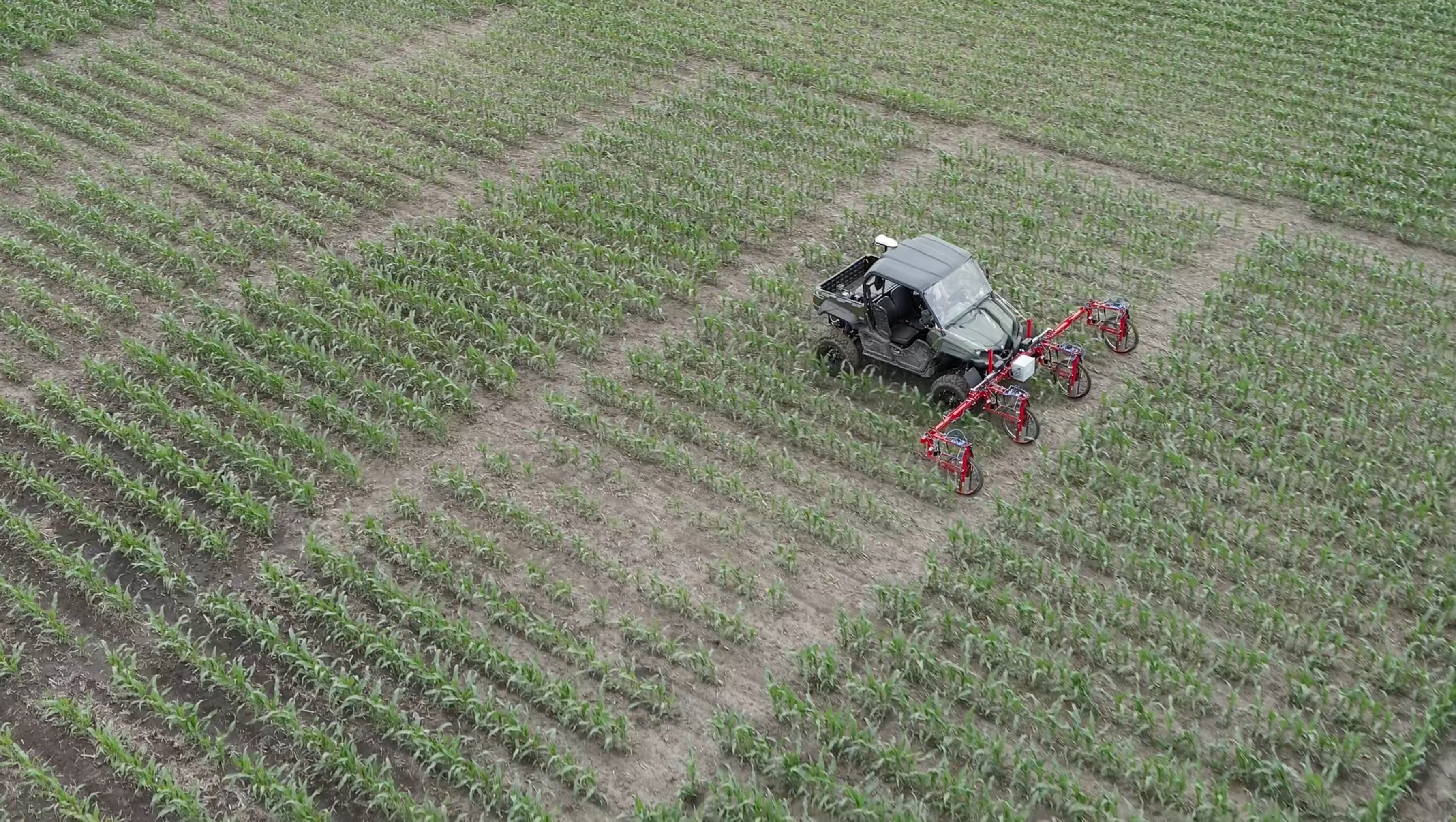
At first glance, the PSA looks like a metal frame attached to a cart that is driven across a field. Despite its appearance, it offers an innovative solution to the problems of trying to do stand counting by eye.
Moving at up to 10mph (16kph), the plant stand analyzer can cover in a matter of hours what it would take a human walking the fields days to do.
Moving at up to 10mph (16kph), the plant stand analyzer can cover in a matter of hours what it would take a human walking the fields days to do.
The PSA combines data from an array of laser sensors with precision RTK-GPS information to enable each plant to be detected and geo-referenced to within 10cm accuracy. Moving around the field at up to 10mph (16kph), the PSA can cover in a matter of hours what it would take a human walking the fields days to do.
But innovation isn’t always a neat, easy or straightforward process.
“As with many promising technologies, it initially seemed that only minor adjustments were needed,” says Dhanasekaran. “However, scaling the solution revealed a host of complex challenges that demanded deeper innovation and resilience.”
Giru Dhanasekaran, Head of Automation and Engineering, Syngenta.
Giru Dhanasekaran, Head of Automation and Engineering, Syngenta.
In developing the PSA, the product placement and engineering teams had to deal with everything from snapped welds and fatigued metal to the realization that it couldn’t initially cope with uneven ground.
Dhanasekaran explains: "Each season, when the machine failed, we’d troubleshoot and fix it on-field. Then, we’d bring it back to our engineering services facility, where the team would analyze field feedback and refine the design to better withstand the conditions. Through this iterative process, we gradually engineered a solution robust enough to perform reliably in real-world environments."
This kind of process-driven innovation is inherently collaborative.
"While the development of the PSA was made possible thanks to the pioneering work of Professor Lie Tang at Iowa State University, it was the close collaboration with Syngenta that enabled the technology to scale to its current impact," says Dhanasekaran.
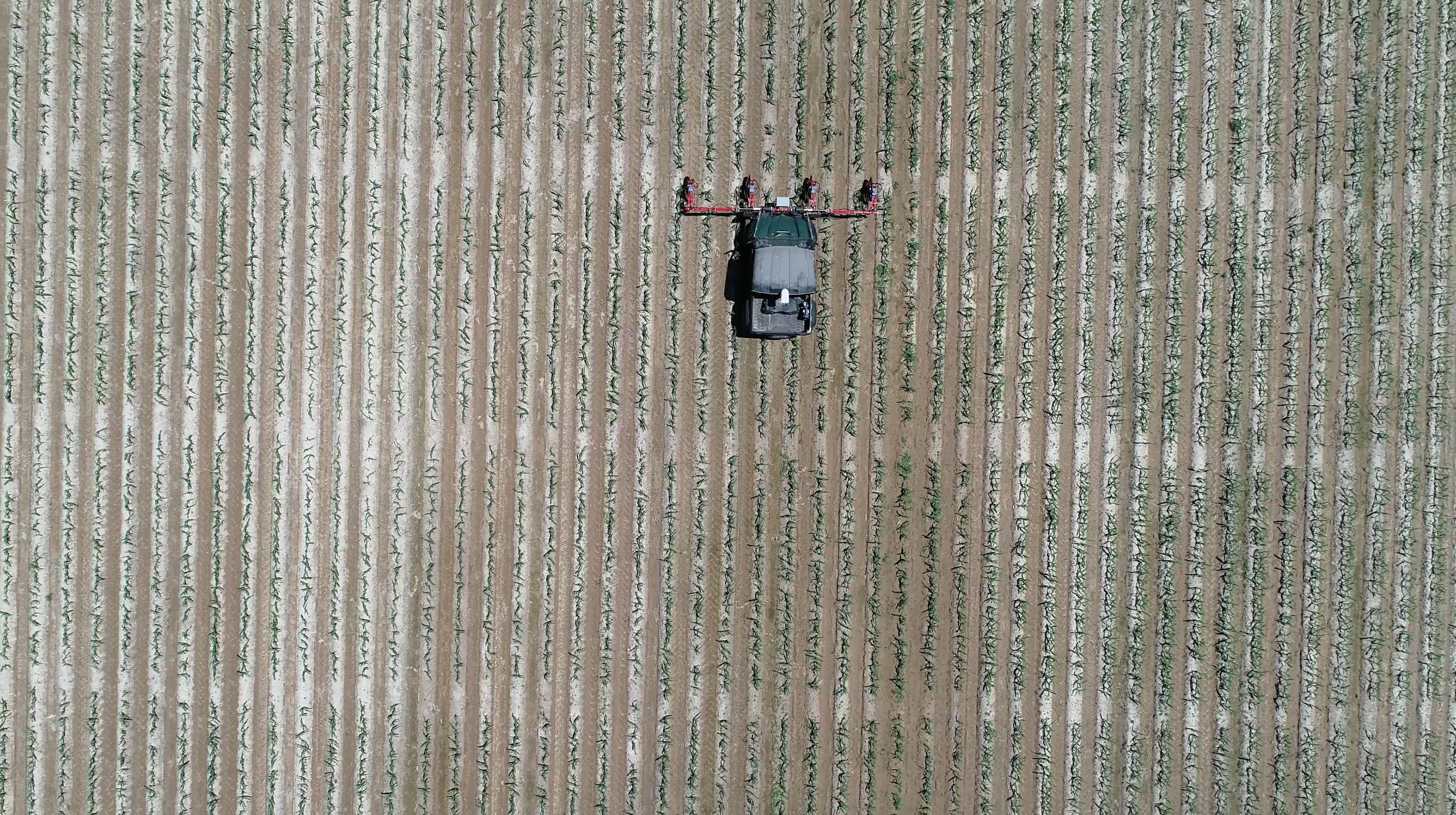

After three years of designing, refining, rebuilding and testing, the PSA has become an essential tool for stand-counting season.
After counting across 9,000 plots in 2019, the PSA was successfully scaled and deployed to more than one million plots every year since.
Maxwell notes: “Each plot might contain anywhere from 80 to 300 plants. So, in the last six years, we’ve counted almost one billion plants with just a few of these machines traveling across the country. We expect to add another million plots’ worth of data from 2025.”
The PSA was especially useful during the spring of 2020 while it was still under development.
“The global pandemic really threw a wrench in the company’s plans to send out stand-counting crews – they usually travel for hours together in vans,” recalls Maxwell. “The few PSAs we had were pressed into service before they were totally ready. We deployed them to the 20 most distant locations to help reduce the counting team's exposure.”
This trailer was specially designed to safely transport the plant stand analyzer to the most remote research plots.
This trailer was specially designed to safely transport the plant stand analyzer to the most remote research plots.
It was during this time that “we discovered the PSA’s ability to multiply an employee's effectiveness by a factor of 40:1”.
As Maxwell puts it, the PSA is a “coupling technology” – an innovative solution to a current problem that can be linked into wider digital infrastructure. “Depending on the technology used, we only have a limited window to count plants before they get too big. The PSA is a vital tool, and when combined with drones, we get extended windows to effectively gather this crucial information.”
Future developments could see the PSA provide a new level of information to guide the emergence of corn traits.
Future developments could see the PSA provide a new level of information to guide the emergence of corn traits.
In the future, precision planters could share data directly with PSA systems, allowing trials to not just count plants but track the performance of individual seeds – a new level of information to guide the emergence of corn traits.
Maxwell says: “The real value of innovations like the PSA is the benefit it brings to farmers, providing proven product placement, backed by in-depth data, for every new hybrid brought to market.”

